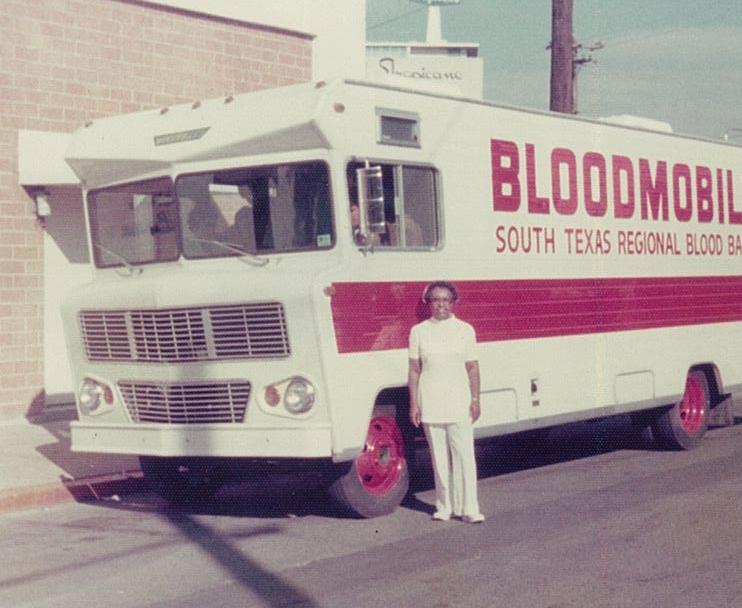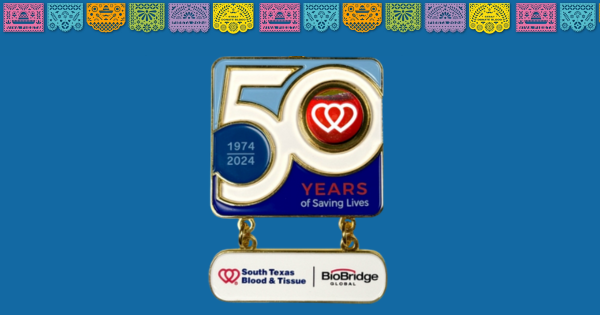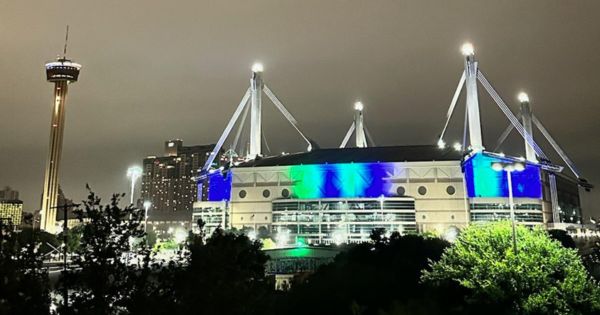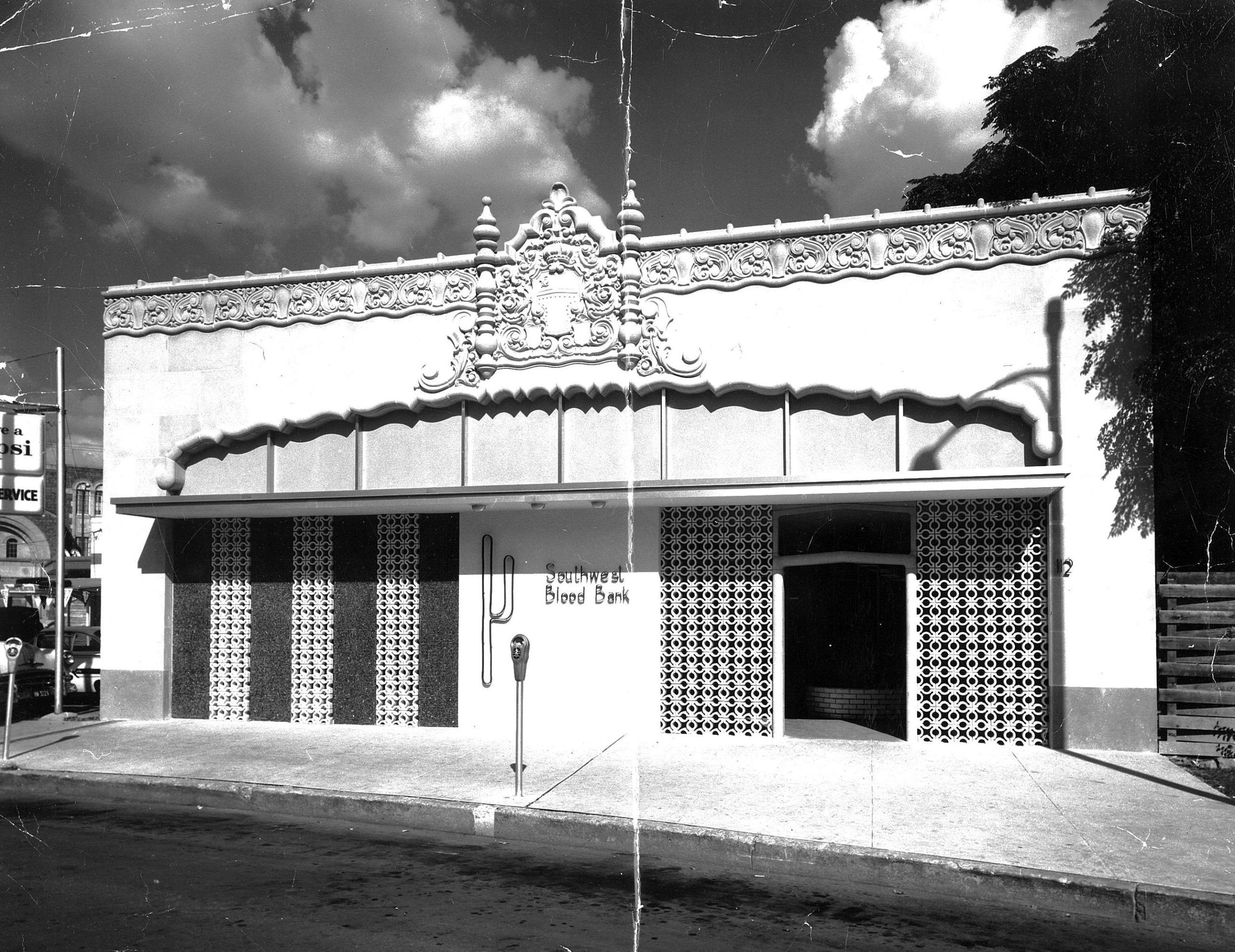The locally based blood bank was formed during a time of nationwide blood donation shortages
In the early 1970s, the United States faced a blood donation crisis.
Pressure from medical professionals, federal regulators and Congress spurred blood centers to move their collections from paid to volunteer blood donors. The problem was no one could collect enough to meet the need.
In San Antonio, an Arizona-based nonprofit collected and distributed most blood supply. Some hospitals had their own blood banks. Blood donations and supply shortages were frequent, and San Antonio healthcare leaders wanted local control over the blood supply.
In 1973, a group of doctors developed a plan for a locally based blood bank, one that could serve all the region’s hospitals. The South Texas Regional Blood Bank was born at its first board of directors meeting, on Jan. 9, 1974. Today, it’s known as BioBridge Global and subsidiaries: South Texas Blood & Tissue, QualTex Laboratories, GenCure and The Blood & Tissue Center Foundation.
A small start
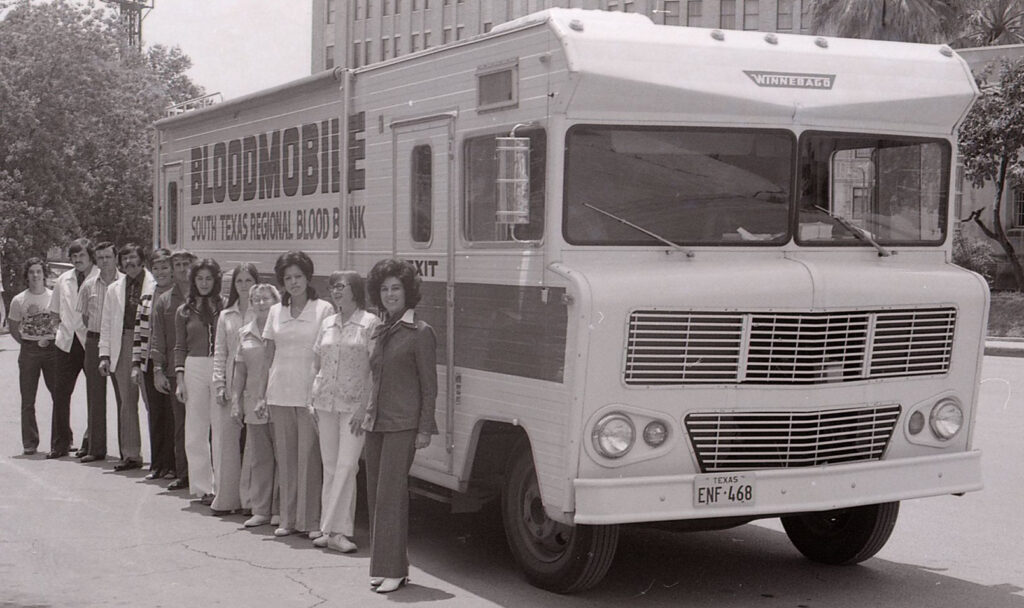
In 1974, the South Texas Regional Blood Bank had only 12 employees and a cramped facility near downtown San Antonio. In its first year, it collected just 28,597 donations.
But the local blood bank had a big advantage– complete backing of community leaders, including physicians, hospital executives and San Antonio Mayor Lila Cockrell. Hospitals gradually turned over collection and distribution responsibilities.
Donor recruitment took on a San Antonio flavor and tapped into the city’s huge military presence.
By 1977, blood donations were at nearly 42,000 a year, and the organization had outgrown its downtown location. The first of three moves came a year later, when blood bank operations relocated to a former medical office building on San Pedro Avenue.
Moving up
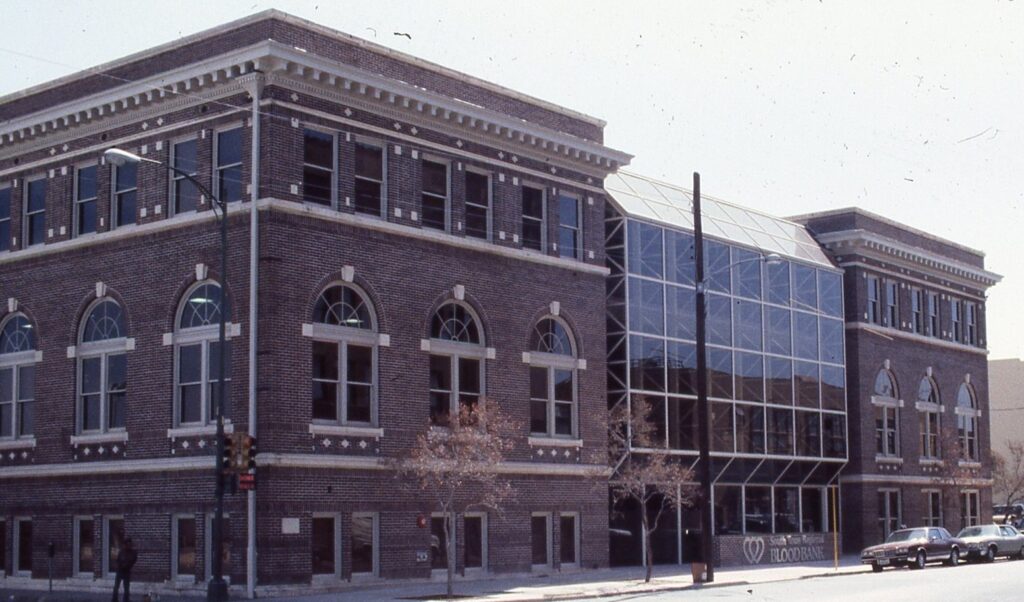
They outgrew the facility in just six years. In 1983, the blood bank moved into the historic YWCA building at Broadway and McCullough Avenue, even as annual blood donations topped 65,000.
That year also marked the arrival of Dr. Norman Kalmin as Medical Director. Two years later, he would become chief executive of the organization, a position he would hold for the next 27 years.
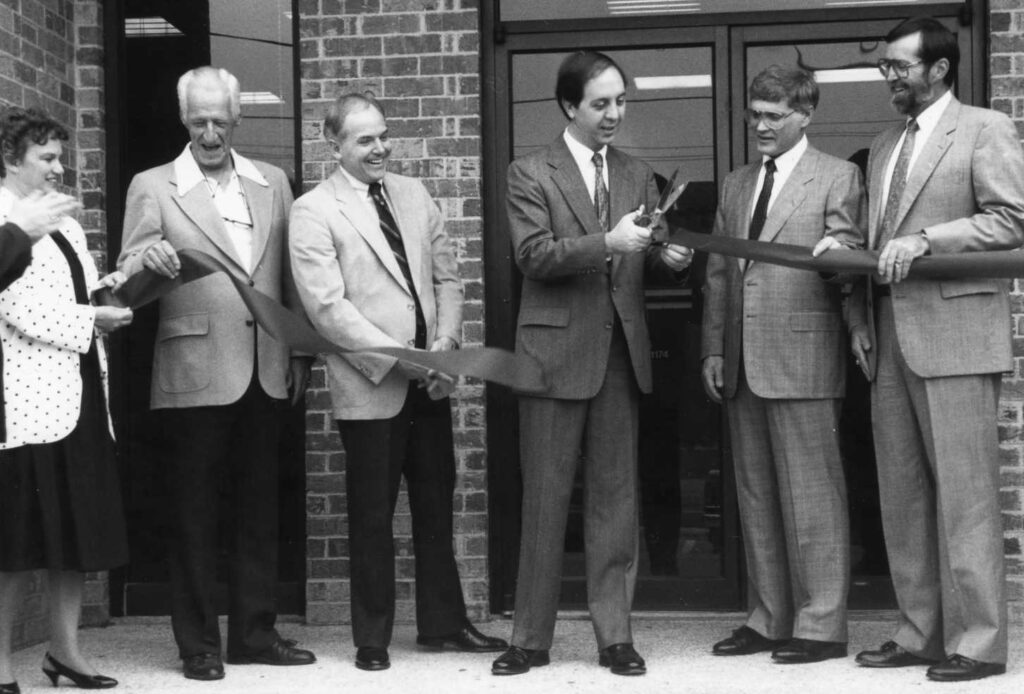
Under Dr. Kalmin, the blood bank grew exponentially. In addition to increases in blood donations, facilities and equipment were upgraded. As part of a plan to diversify operations, the organization also added a program to collect, process and distribute posthumous tissue donations, and in 1994 changed its name to the South Texas Blood & Tissue Center.
That year also marked its final move, to the current campus at 6211 IH 10 West.
New entities
The prize-winning design of the new location boosted visibility, as well as providing room for expansion.
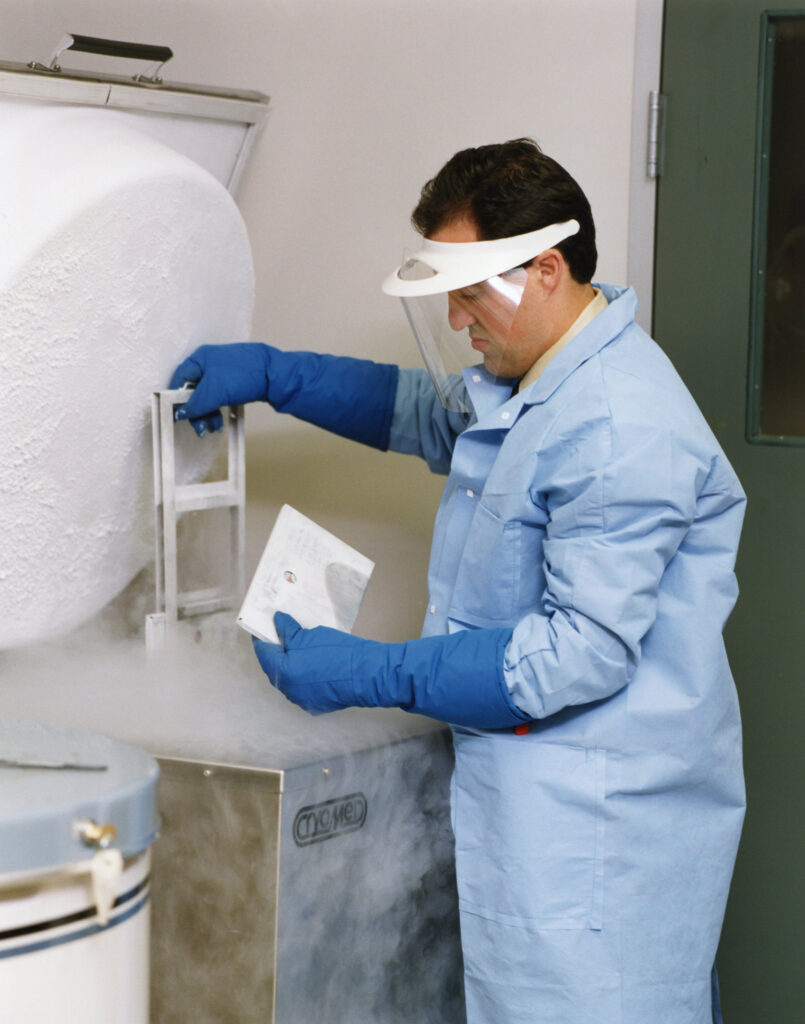
Blood donations topped 100,000 for the first time in 1996, and it wasn’t long before more room was needed at 6211 IH 10 West. In 2001, The Blood & Tissue Center Foundation was formed to help fund projects like the 44,000-square-foot addition, as well as the Texas Cord Blood Bank, which became a major project for Foundation fundraising efforts.
At the same time, the organization was expanding into a growing market: blood donation testing. In 2007 that testing arm became QualTex Laboratories; which today tests millions of samples a year for clients around the world. It is one of the largest nonprofit testing laboratories in the world.
In August 2011, the last part of the organization’s diversification plan arrived with the founding of GenCure. Founded with the aim to promote regenerative medicine, GenCure took over operations of the Texas Cord Blood Bank, the tissue collection program and the organization’s partnership with the National Marrow Donor Recruitment Program, which sought to expand and diversify the adult stem cell donor base around the region.
The addition of GenCure left the organization with three entities and the Foundation – and a variety of duplicated functions. To consolidate services like IT, communications and human resources, in 2013, BioBridge Global was established to handle all support functions.
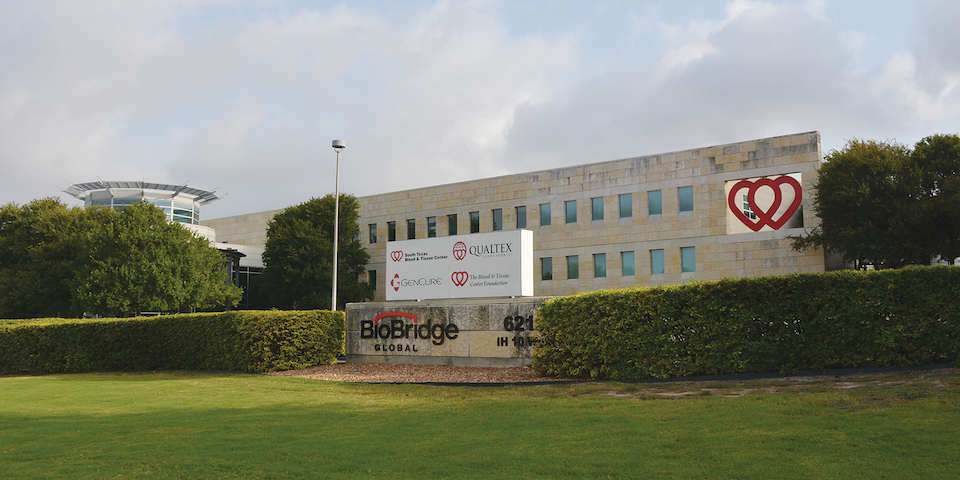
Today, the organization that started with 12 employees now has more than 700, working across South Texas and in Atlanta, Georgia. It is close to reaching 5 million blood donations and has saved countless lives of Texans across the region.
